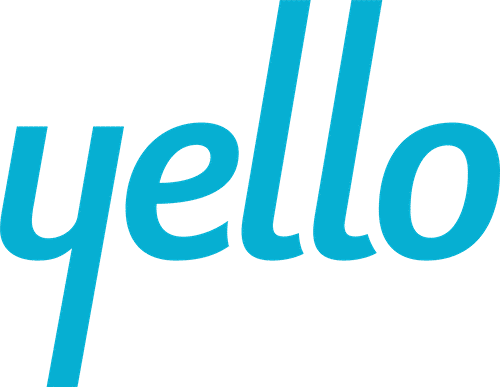Smart executives understand the strategic importance of diversity for their organizations. Forward-thinking executives do something about it. Today you’ll hear from the CEOs of three growth-stage companies. These executives have experienced periods of expansive growth and have deployed active diversity recruitment programs as their firms continue to attract top talent.
The first CEO you’ll hear from is Yello’s very own Jason Weingarten, who explains why diversity can’t just be a recruiting department goal. Next, Amanda Lannert of Jellyvision explains the strategic importance of a diverse workforce for her firm and the steps she’s taken to find diverse candidates. Finally, you’ll hear from Jack Philbin, CEO of Vibes, who points out the importance of measuring diversity recruitment efforts.
Read on for the insightful details.
Yello’s CEO, Jason Weingarten
“For Yello, diversity isn’t a goal—it’s table stakes. We serve a very diverse group of individuals, especially when it comes to talent acquisition—and it only makes business sense for our employee base to represent our customers.”
“Also, when you go from a small start-up who’s hoping someone will work for you to a larger, destination employer who can pick and choose from several well-qualified candidates, as Yello has done, you have an opportunity and an obligation to make sure that you build a diverse workforce. You have to represent everyone well, and it can’t just be a goal. It’s not appropriate for me to put a diversity goal out there—it has to be an expectation.”
Co-Founder & CEO, Yello
Jellyvision’s CEO, Amanda Lannert
“We are getting great people at Jellyvision, but we’re still not diverse enough as a company. The fact is, we need our workforce to be as diverse as the population we’re serving, which is millions and millions of employees from all walks of life. Now we are satisfied with our gender diversity because it really is 50/50—and we are hopefully going to grow our non-binary gender population as well—but from the perspective of race, age, ethnicity, and socioeconomics, we are not diverse enough, and so we’ve made a bunch of changes so that the company can grow in a really healthy way.
We are being open to new ways of bringing in talent. We have changed our interviews, our job descriptions, and our expectations of what good candidates need to provide. We used to write really, really long job descriptions, post them on our website and job sites, and wait. Now we have a team that spends all day looking for passive candidates all over the country. We have very different ethos around recruiting, and it is because we need to have lots and lots of different viewpoints and so that our software isn’t tone deaf to huge parts of the population we’re trying to serve.”
CEO, Jellyvision
Vibes’s CEO, Jack Philbin
“We’ve got a very diverse makeup at Vibes. In general, our workforce is just diverse by nature. Maybe that’s part of being in a large city like Chicago; maybe it’s part of being in the technology space. In any case, while I think we’re pretty good about maintaining diversity as a major factor in our recruiting, we’ve certainly become much more conscious of it in the last few years in terms of measuring it.”
“At Vibes, we measure everything. When something is important, you have to measure. We think diversity is really important—it’s important to our executive team, to our business, and to everybody in the company—so we measure to make sure we’re not out of whack with our peer employers and with our future vision.”
Co-Founder & CEO, Vibes


